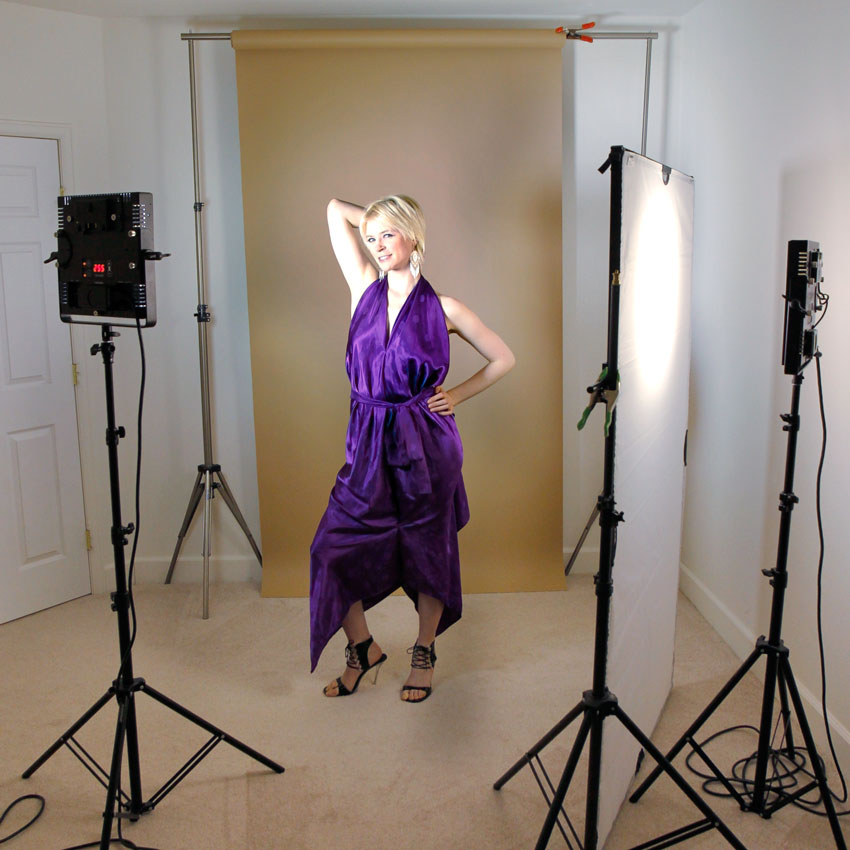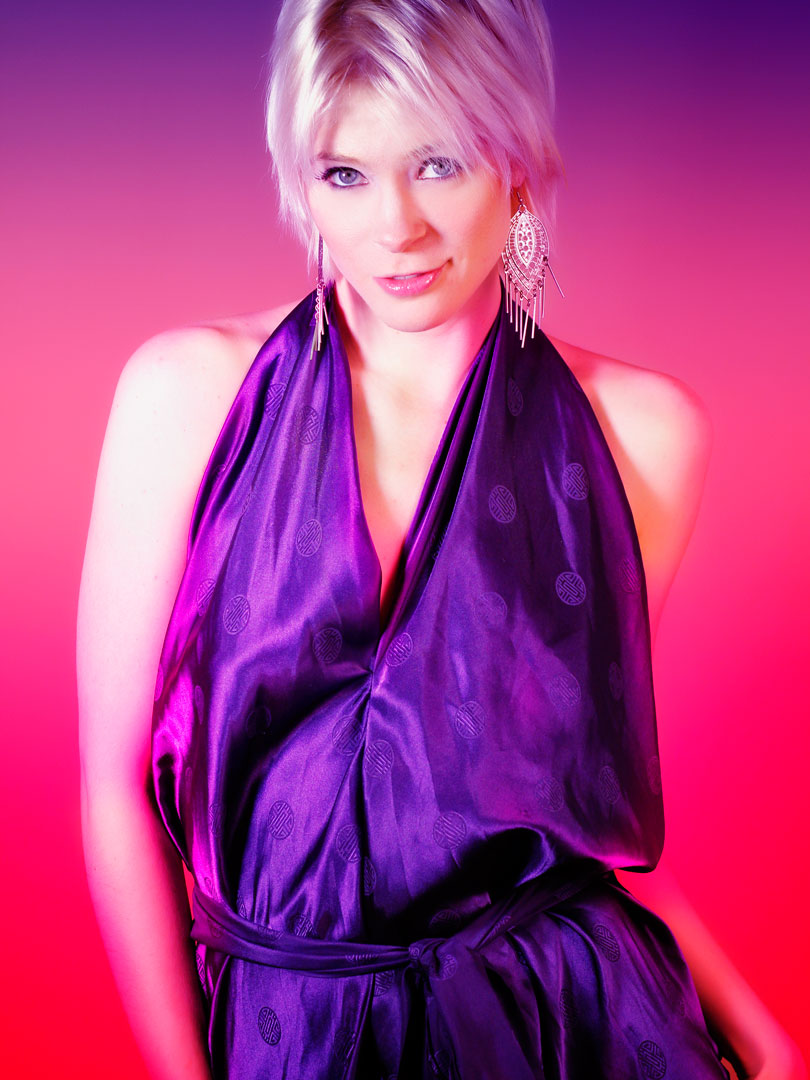Today’s Post by Joe Farace
“Lighting is really common sense and personal observation. This is applied to a few rules of photography which cannot be broken and to others which I tend to bend a little.”—Paul Beeson
 These days it seems that using LED lighting systems for studio portraiture is like puppies and kittens, everybody loves them and why not? All you need to do is turn on an LED light panel and shoot, right? While there’s obviously more to it than that, the WYSIWYG nature of LED lighting is especially helpful for new or aspiring pros who want to their portrait lighting skills to get up and running quickly. It’s also useful for applications were the lighting needs to be consistent so lots of portraits can be made in a short amount of time, something event photographers will take to heart.
These days it seems that using LED lighting systems for studio portraiture is like puppies and kittens, everybody loves them and why not? All you need to do is turn on an LED light panel and shoot, right? While there’s obviously more to it than that, the WYSIWYG nature of LED lighting is especially helpful for new or aspiring pros who want to their portrait lighting skills to get up and running quickly. It’s also useful for applications were the lighting needs to be consistent so lots of portraits can be made in a short amount of time, something event photographers will take to heart.
 Every time I tell a photographer that I’m shooting some of my glamour images using LEDs they ask, “I hear there’s color balance problems with them.” I hate to be the one to break it to you but there are color variations in every light source you might decide to use. Even the sun. At noon the light from the sun measures 5500 degrees Kelvin but on an overcast day the color temperature of light rises to 6700 degrees K. In open shade, you might encounter 9000 degrees Kelvin.
Every time I tell a photographer that I’m shooting some of my glamour images using LEDs they ask, “I hear there’s color balance problems with them.” I hate to be the one to break it to you but there are color variations in every light source you might decide to use. Even the sun. At noon the light from the sun measures 5500 degrees Kelvin but on an overcast day the color temperature of light rises to 6700 degrees K. In open shade, you might encounter 9000 degrees Kelvin.
No light source is perfect and not all LEDs are made the same. Some LEDs have narrow angles of coverage and problems, such as Pulse Width Modulation, can cause flickering while giving the appearance of producing continuous light when, in fact, it’s not. Then there is the question of what is the actual spectrum of light being produced by the LEDs, which is why I use a spectrometer when testing these kinds of systems. Top it all with the fact that some LED lighting systems that I’ve tested are not all that bright causing me to use higher than normal ISO settings, which can result in increased image noise.
How I made this Shot: For this portrait of Pam Simpson giving me her best Cameron Diaz vibe, the lighting set-up was designed to mitigate any potential shininess caused by the subject’s makeup. To accomplish this goal there’s a 42 x72-inch Westcott Scrim Jim placed at camera right covered with their Full Stop Diffusion fabric and an LED light panel placed behind it . Another LED panel was located at camera left for fill. Background was a 53-inch roll of Savage Mocha seamless paper on, you guessed it, my falling apart JTL background stands.
The camera used was Canon EOS 60D with my go-to portrait lens—the EF 85mm f/1.8—achieving an exposure of 1/320 sec at f/4 and ISO 640. The JPEG file was retouched using my normal retouching techniques then color enhanced using the Bi-Color Filters that are part of Color Efex Pro along with a dash of the Glamour Glow filter.
 If you enjoyed today’s blog post and would like to buy Joe a cup of Earl Grey tea ($2.50), click here.
If you enjoyed today’s blog post and would like to buy Joe a cup of Earl Grey tea ($2.50), click here.
My book Joe Farace’s Glamour Photography is full of tips, tools and techniques for glamour and boudoir photography with new copies available from Amazon for $23.01. Used copies are selling for the hard-to-beat price price of $8.90, as I write this and the Kindle version is $19.99 for those who prefer a digital format.